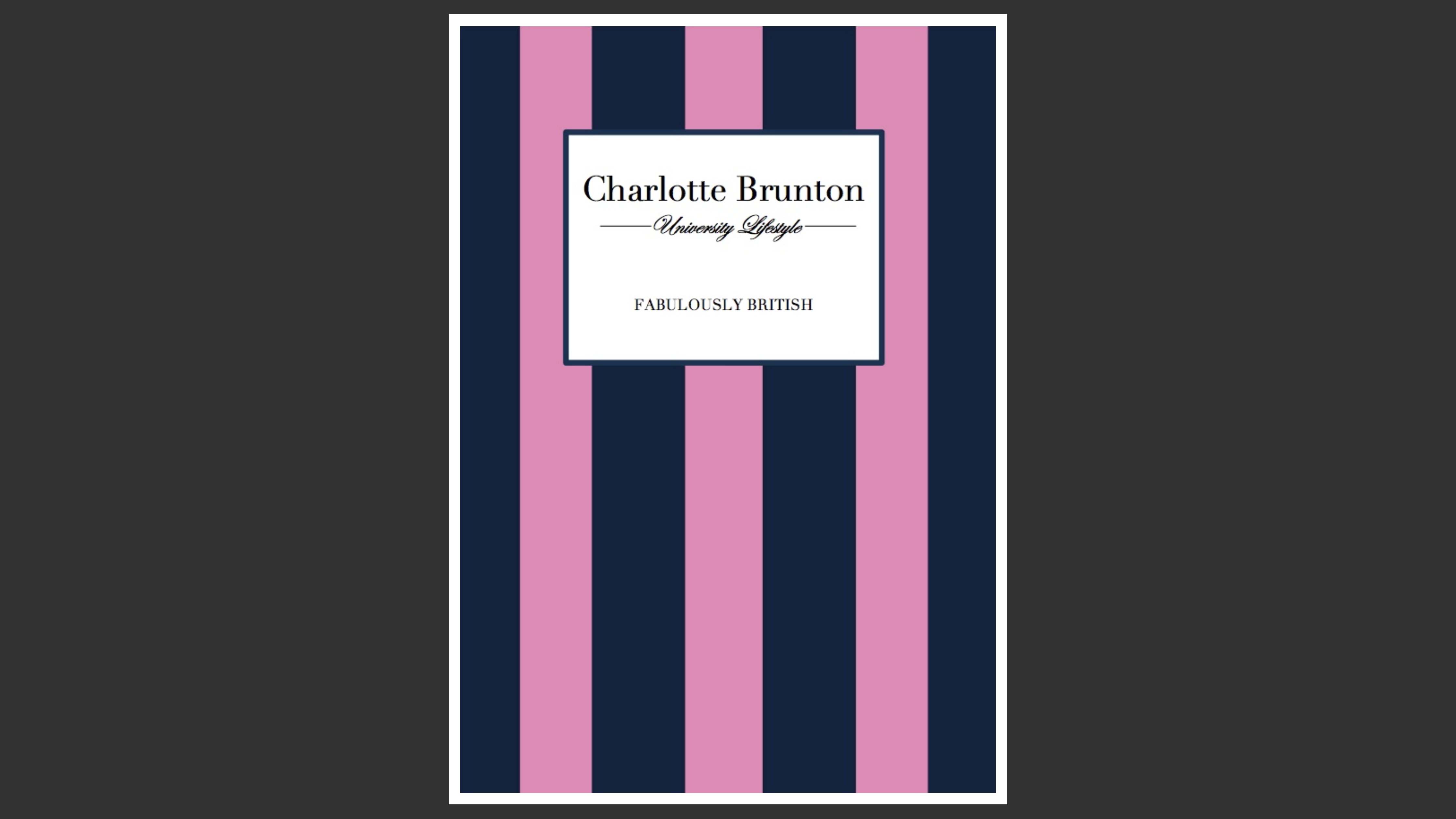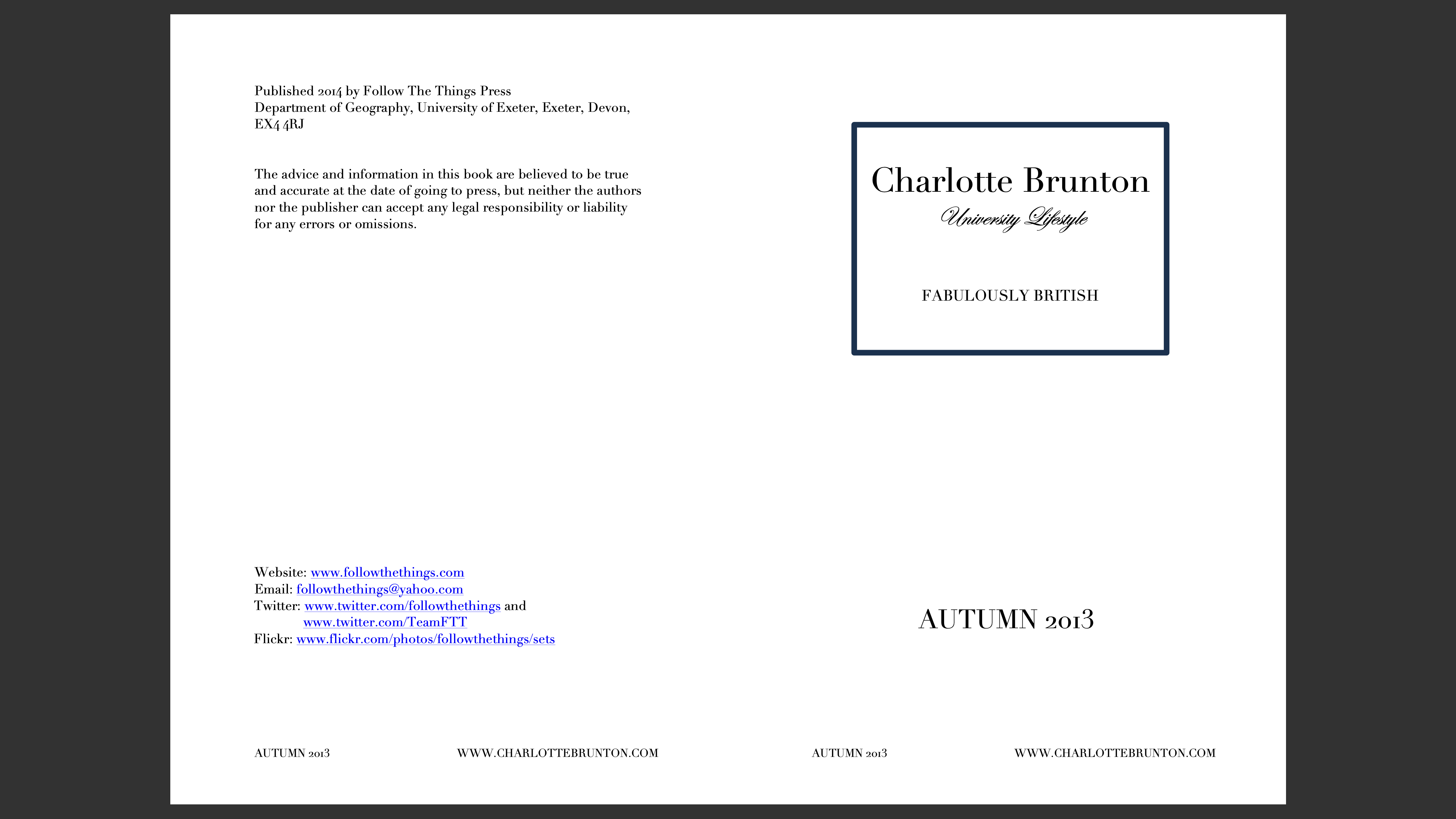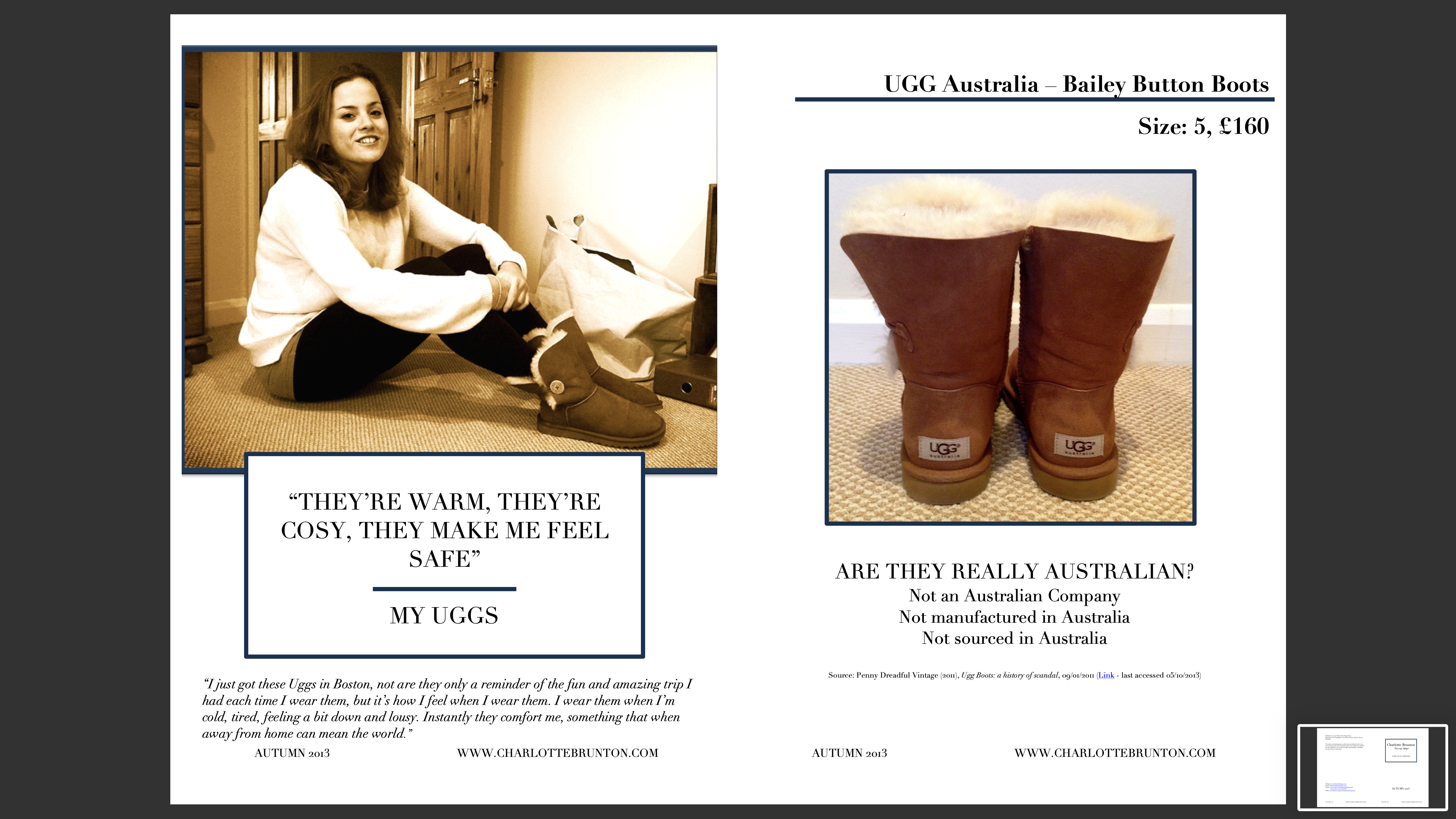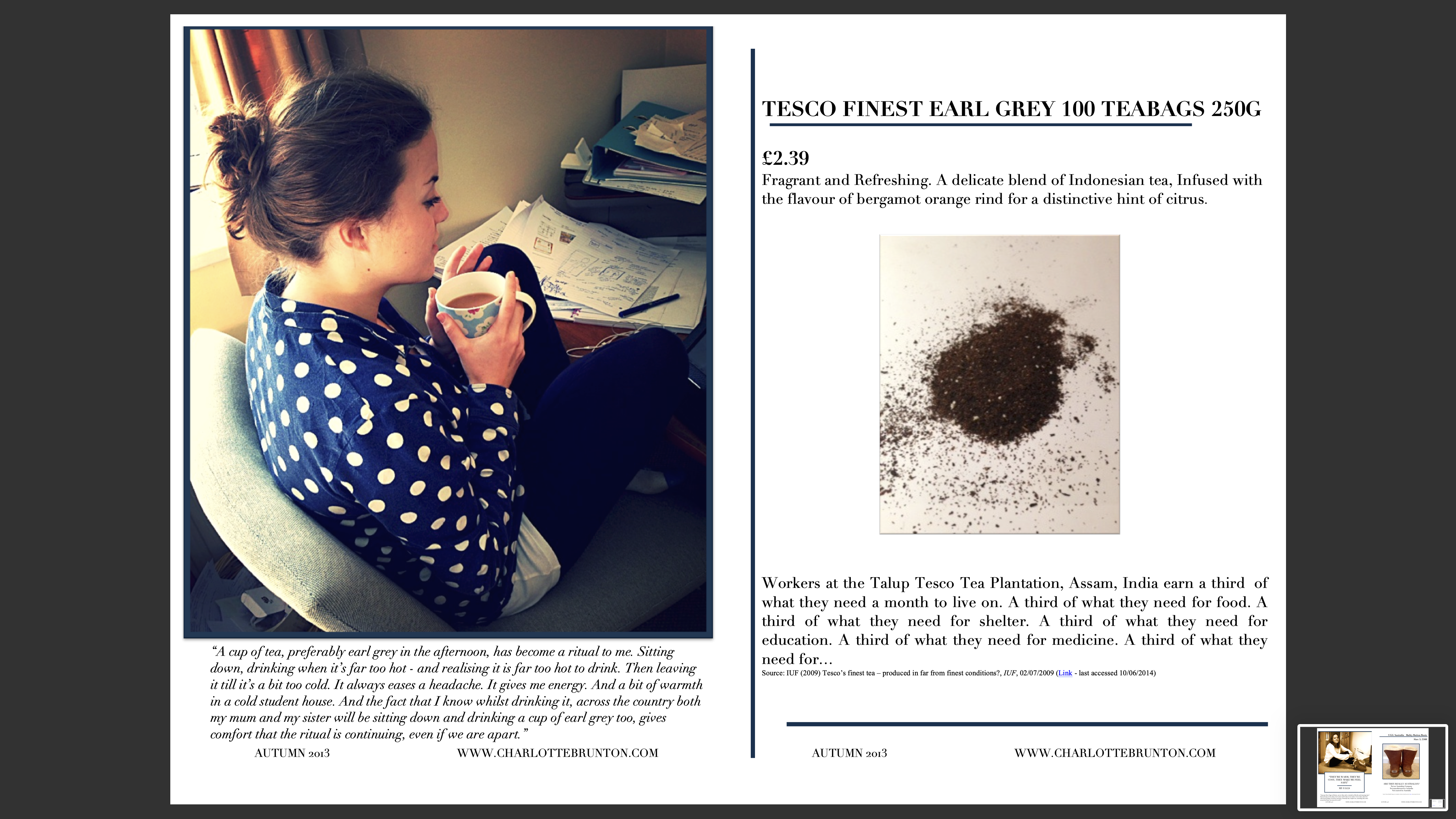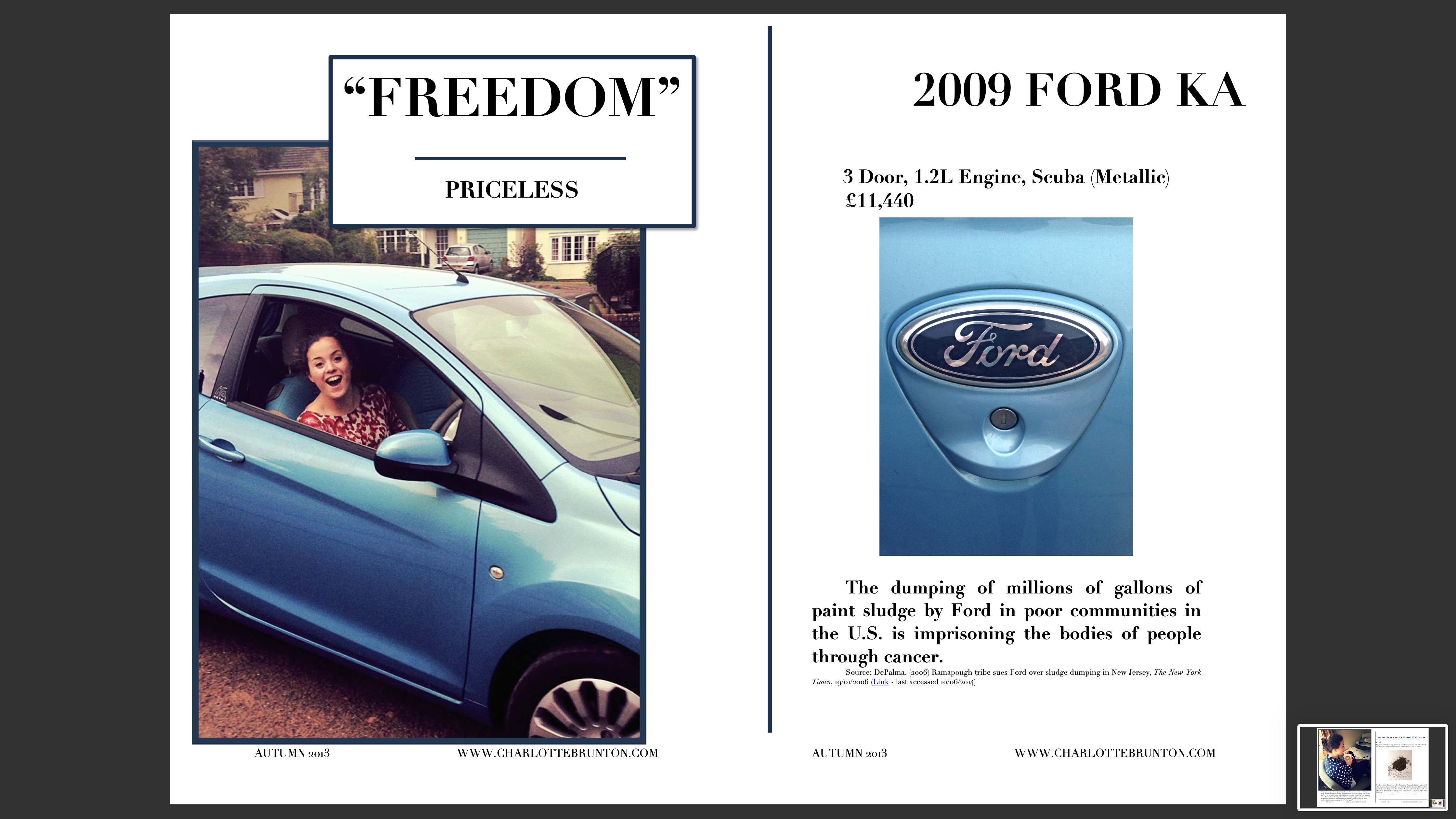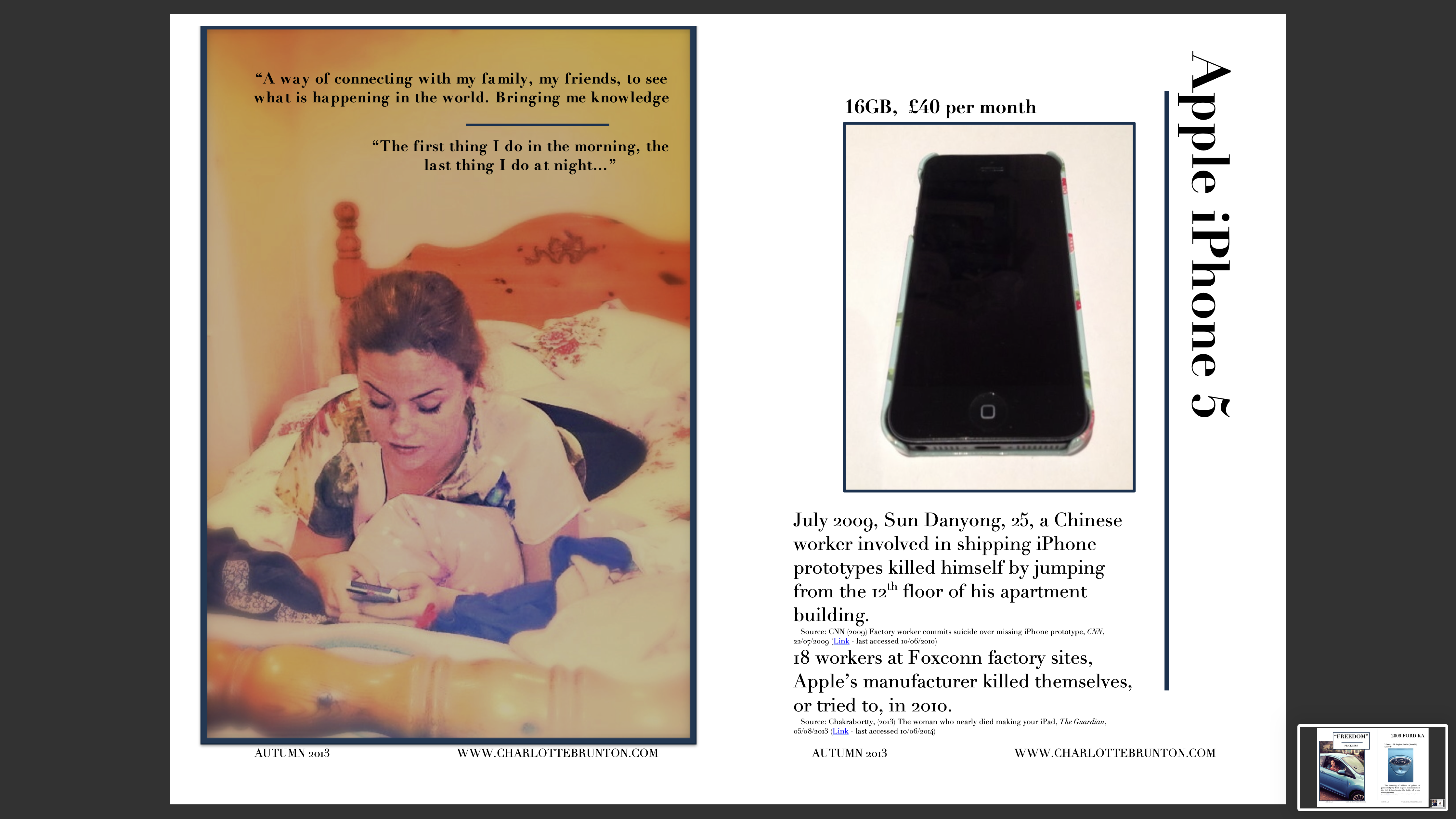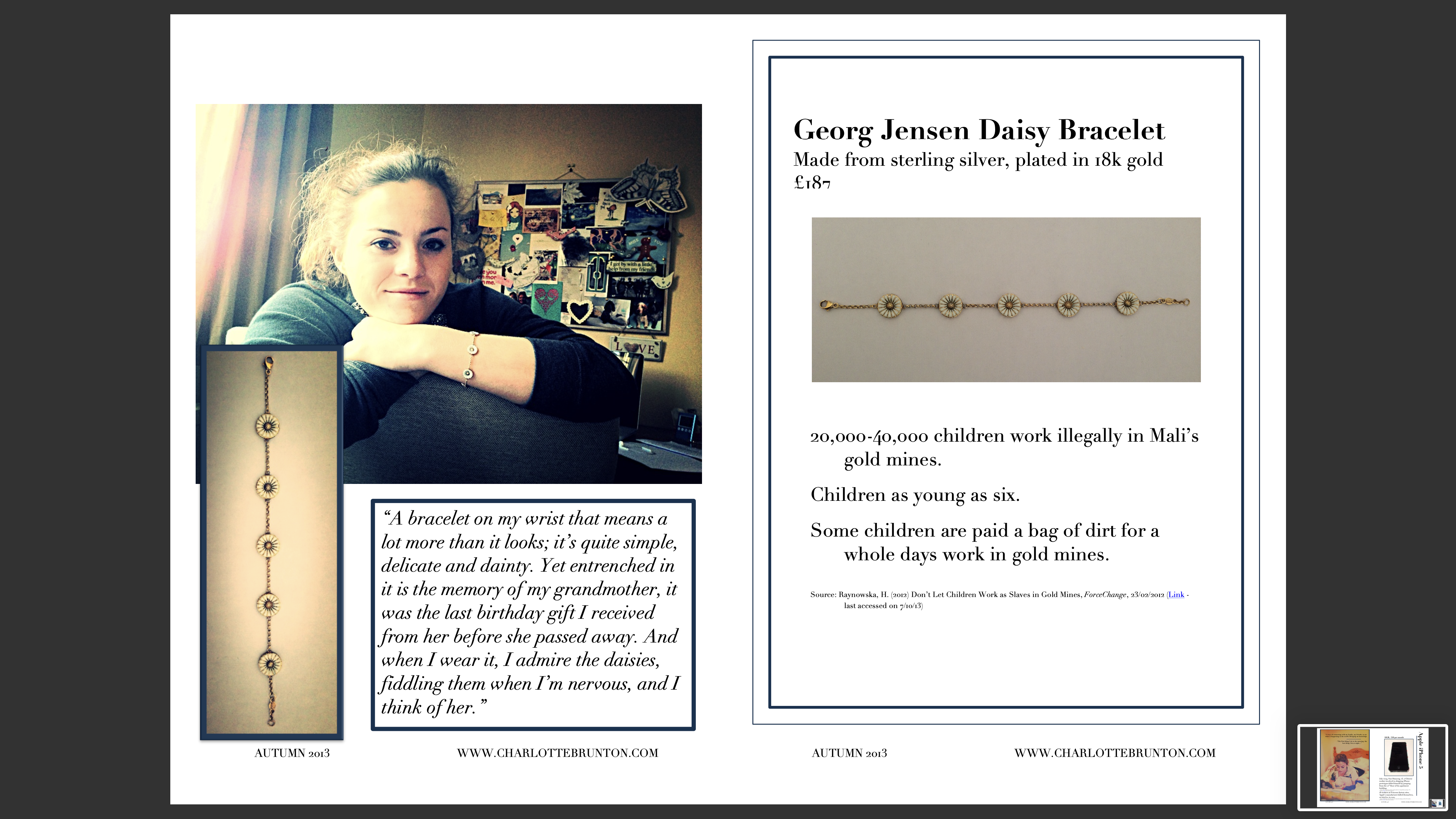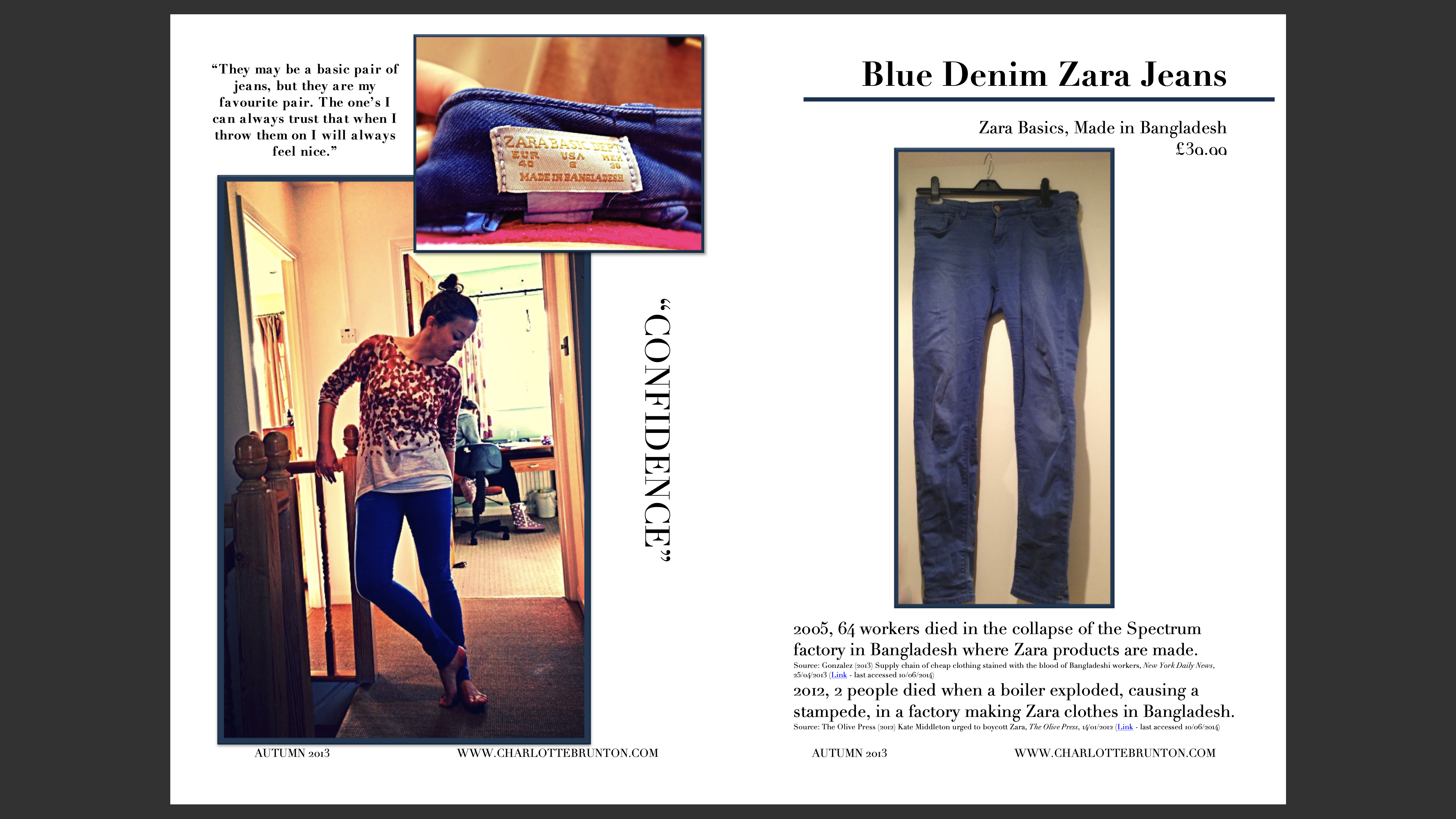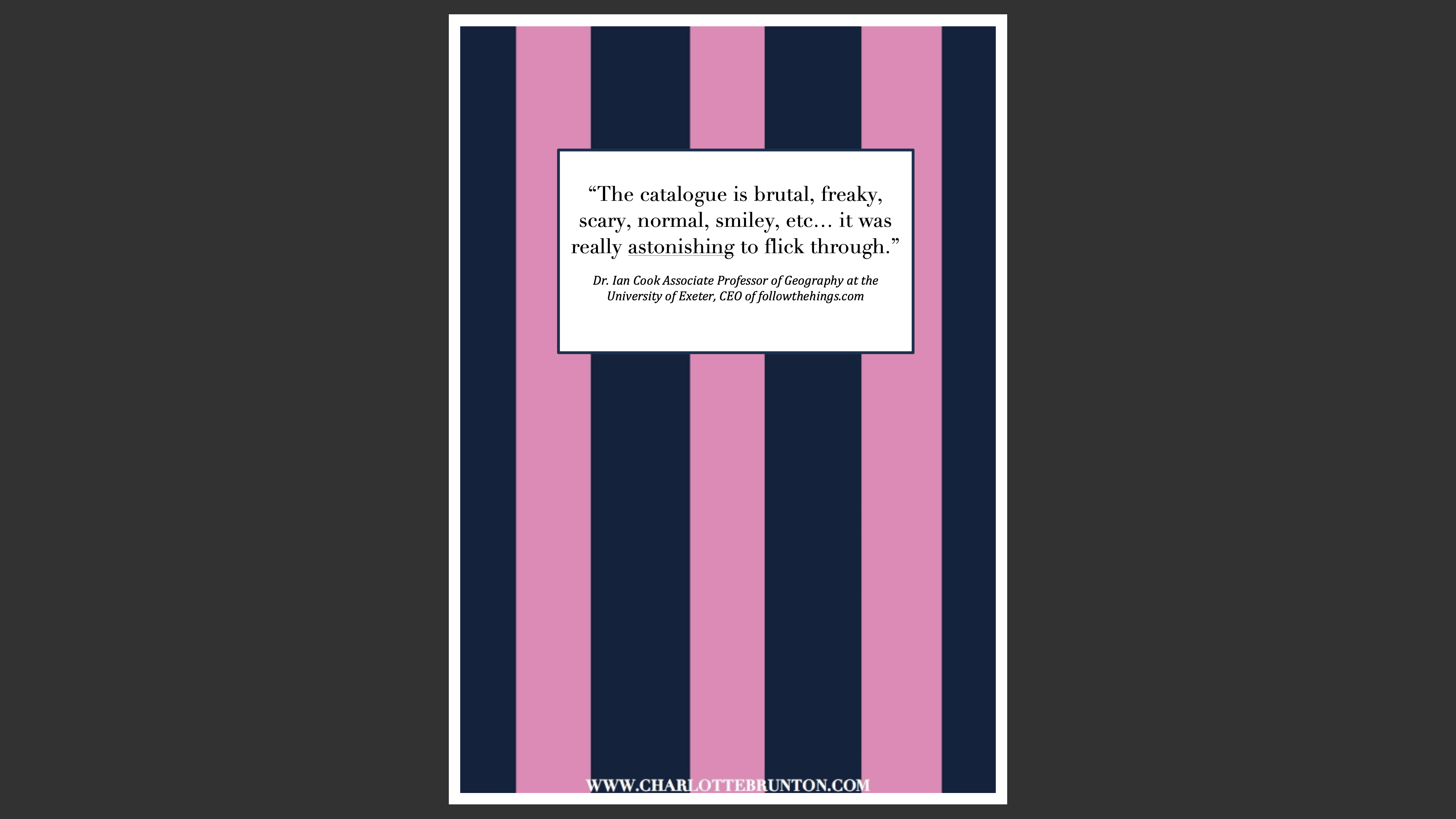
followthethings.com
Fashion | Gifts & Seasonal
“No Pride In Primark“
Popular activist campaign against Primark’s ‘Pride’ clothing & accessories made in anti-LGBTQ+ countries.
To see what sparked this, watch Primark’s promotional video above.
UK LGBTQ+ rights charity Stonewall collaborates with high street fashion retailer Primark on its 2018 ‘Pride’ range of clothing and accessories. They will be sold throughout Europe and North America and 20% of their profits will go to Stonewall. But none of the proceeds will go to the organisers of Pride celebrations, some of whom are struggling for money. And many of the countries in which this ‘Pride’ merch is being made – like Turkey, Myanmar & China – ban LGBTQ+ events and NGOs and imprison people for homosexuality. So what should Primark & Stonewall do? Where should people shopping for Pride merch go? And what’s it like to be an LGBTQ+ worker in Turkey, Myanmar or China making t-shirts and other merch that ‘celebrates what you are not allowed to be’? These are the questions asked by social media critics and the journalists who pick up their criticisms. It’s not a huge orchestrated campaign. No NGO or other organisation orchestrates it. Nevertheless, it becomes a notorious case of a high street brand ‘pink-washing’ (a form of ‘woke-washing’) their supply chain operations. In the wake of these criticisms, Primark continues to support LGBTQ+ organisations in many countries, but has it addressed the crackdowns on LGBTQ people in those countries where its rainbow merch is made? Should it withdraw its orders from these countries? Or keep working there, supporting – via Stonewall and other organisations – the LGBTQ+ organisations and workers who need it? Does it do so? And how can it convince the media, activists and consumers that it’s doing so? LGBTQ+ people represent a big market for clothing sales.
Page reference: Ian Cook et al (2024) No Pride In Primark (taster). followthethings.com/no-pride-in-primark.shtml (last accessed <insert date here>)
Estimated reading time: 15 minutes.
Continue reading No Pride In Primark

